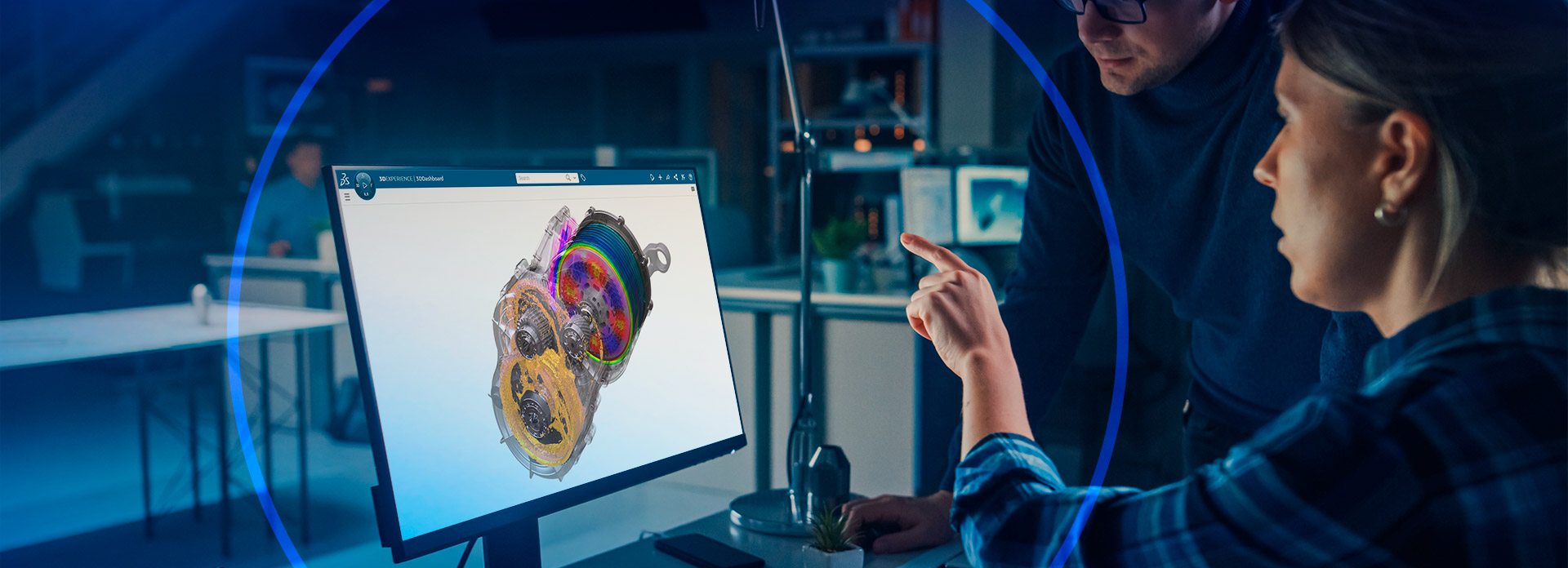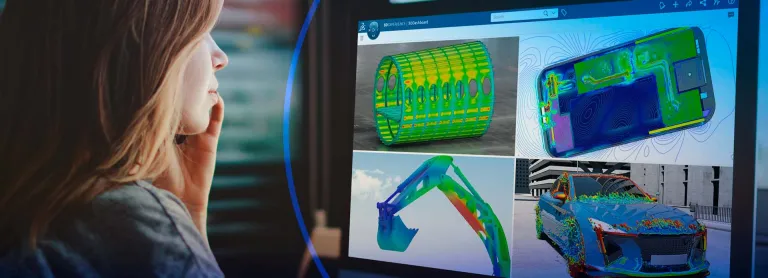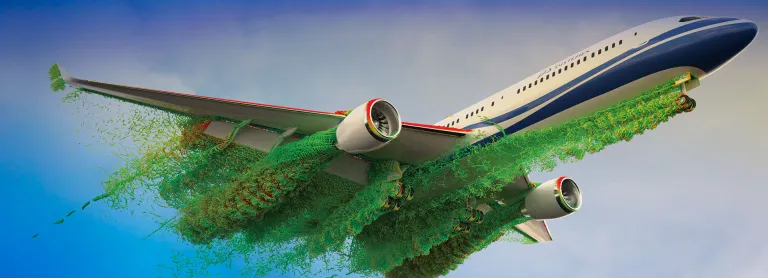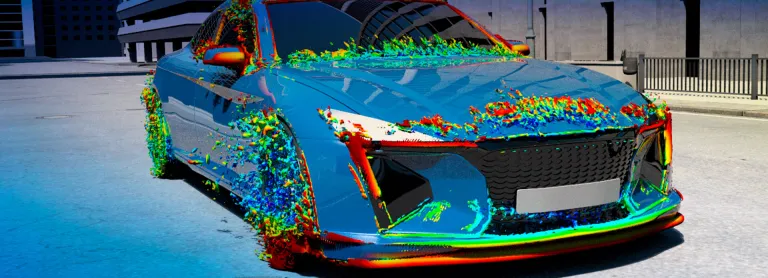XFlow
High-Fidelity Computational Fluid Dynamics (CFD) Software
Simulate Complex Fluid Dynamics and Interactions
XFlow CFD is a high-fidelity computational fluid dynamics software that uses a mesh-free, Lattice Boltzmann approach to simulate complex fluid dynamics and interactions for a wide range of applications across multiple industries.
XFlow is a particle-based Lattice Boltzmann technology solver for high fidelity Computational Fluid Dynamics (CFD) applications. It offers multiphase and moving parts modeling capabilities with a special focus on lubrication workflows. XFlow features automatic lattice generation, GPU computing, and advanced rendering capabilities. Irrespective of the system complexity, gear types, and lubrication methods, XFlow provides detailed insights into the system's performance. Lubrication simulation can reduce the number of physical tests and offers quantitative predictions for results like wetted area and churning losses that can be challenging to measure experimentally.
Automatic lattice generation in XFlow minimizes user inputs, reducing time and effort in the meshing and pre-processing phase. XFlow provides comprehensive GPU computing support to expedite the solution time. Problem setup and results exploration are easy and intuitive, enabling users to focus their efforts on design iteration and optimization. In addition, advanced rendering capabilities provide realistic visualization to gain deeper insight into flow performance.
The state-of-the-art technology of XFlow for lubrication enables users to address other related CFD workflows involving high-frequency transient simulations with real moving geometries, complex multiphase flows, and free surface flows.
- Beyond Lattice Boltzmann
- Particle-based Kinetic Solver
- Turbulence Modeling
- XFlow Key Features
Beyond Lattice Boltzmann
In non-equilibrium statistical mechanics, the Boltzmann equation describes the behavior of a gas modeled at a mesoscopic scale. Unlike standard Multiple Relaxation Time (MRT), XFlow implements the scattering operator in central moment space, which naturally enhances the Galilean invariance, accuracy, and stability of the code.
Particle-Based Kinetic Solver
XFlow features a novel particle-based kinetic algorithm that is designed to work quickly with accessible hardware. The discretization approach in XFlow avoids the classic domain meshing process and the surface complexity is not a limiting factor anymore. The user can control the level of detail of the underlying lattice with a small set of parameters. The lattice is tolerant to the quality of the input geometry and adapts to the presence of moving parts.
Turbulence Modeling: High Fidelity WMLES
XFlow features the highest fidelity Wall-Modeled Large Eddy Simulation (WMLES) approach to turbulence modeling.
The underlying state-of-the-art LES, based on the Wall-Adapting Local Eddy (WALE) viscosity model, provides a consistent local eddy-viscosity and near-wall behavior. It also performs in CPU-times similar to most codes providing just Reynolds-Averaged Navier-Stokes (RANS) analysis.
XFlow uses a unified non-equilibrium wall function for simulating the boundary layer, which is suitable for most scenarios. The wall function simplifies the user's experience by eliminating the need to choose from various models and handle their associated limitations.
XFlow Key Features
XFlow 2023 includes the following features and enhancements:
- XFlow supports the use of multiresolution boosting the simulation performance.
- The ability to output surface fields, such as heat transfer coefficients, on moving geometries enables the thermal analysis of gearbox components
- Accurate torque prediction for churning losses estimation.
- Ability to plot pressure and viscous force/moment contributions separately.
- XFlow supports the use of NVIDIA GPU cards with both Linux and Windows operating systems.
- XFlow supports the use AMD GPU cards with Linux operating systems.
- Ability to compute the time averaged data from a starting time step.
- Reduced storage requirements by the ability to save a specific scalar, surface and volumetric fields as either instantaneous values, averaged values or both.
- Optimized GPU memory consumption in cases with moving parts or multi-resolution.
- Support for new SIMULIA Unified licenses (SIMUNIT) that allow running any SIMULIA products with the same license: Tokens and Credits.
- Tokens: allocated during use and released after use.
- Credits: consumed during the use.
Start Your Journey
The world of simulation is changing. Discover how to stay a step ahead with SIMULIA.
FAQ About CFD Software & Simulation
Computational Fluid Dynamics (CFD) software is a tool used for simulating fluid flow, heat transfer, and associated phenomena using numerical methods. It allows engineers and scientists to analyze the behavior of fluids (liquids and gases) within a defined space. CFD software is widely used in industries like aerospace, automotive, and chemical engineering to optimize designs and improve performance.
CFD software improves engineering design by allowing engineers to simulate and analyze fluid flow, heat transfer, and related phenomena in a virtual environment. This helps in identifying potential issues and optimizing designs before physical prototypes are made, saving time and resources. Additionally, it enables the exploration of a wide range of design scenarios and conditions, leading to more innovative and efficient solutions. The detailed insights provided by CFD simulations help in refining product performance and ensuring better compliance with regulatory standards.
Also Discover
Learn What SIMULIA Can Do for You
Speak with a SIMULIA expert to learn how our solutions enable seamless collaboration and sustainable innovation at organizations of every size.
Get Started
Courses and classes are available for students, academia, professionals and companies. Find the right SIMULIA training for you.
Get Help
Find information on software & hardware certification, software downloads, user documentation, support contact and services offering



